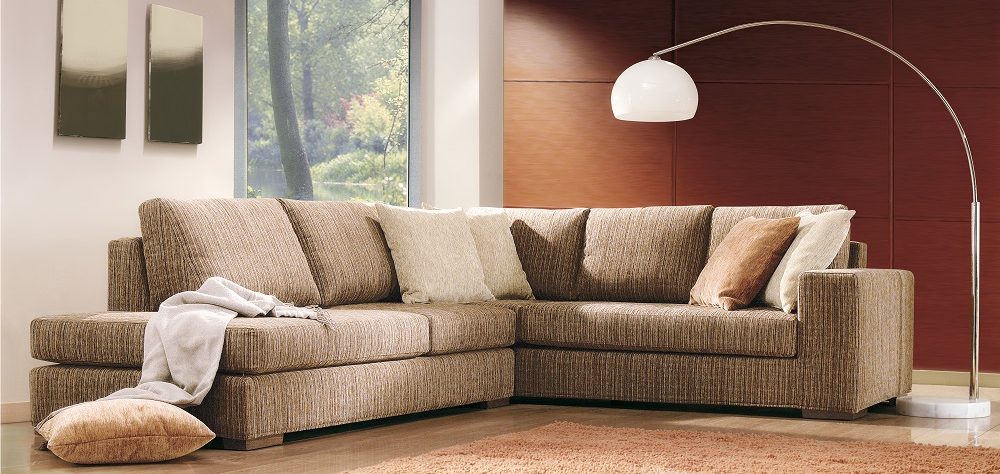Do you know the difference between a “good” and “bad” home staging? Unfortunately, many sellers and investors do not, and they end up wasting money on poorly done stagings that fail to achieve the desired goal of maximizing their home’s value and offers.

Here are some common mistakes that diminish the quality of the staging or — worse — fail to improve the home’s value at all: Sell my home in Tallahassee
1) Too many pieces of furniture, furniture that is too large, or out-of-date styles, patterns, and colors. Crowded and unattractive rooms defeat the whole point of staging to sell — making rooms look larger and more appealing to buyers so they can better imagine living in and enjoying the home.
2) Art that is hung too high or is way too small or the wrong color for the room or wall. Small art ends up looking like clutter in photos. Art should dramatize and enhance a room.
3) Poor accessorizing using out-dated items, small items, too many different colors, or the wrong number or size of items, which tends to make a room look unbalanced and messy to buyers. Alternatively too much white in a room with no contrast to add interest will not emotionally appeal to buyers.
4) Too-small area rugs that look like scatter rugs under coffee tables or dining tables — the legs of tables and all the chairs should sit comfortably within the outside margins of area rugs. For living rooms, the rugs should meet up with sofa and chair legs or go completely underneath furniture.
5) Lack of lighting which makes rooms look visually colder. It’s surprising how many homes lack table and/or floor lamps that both serve to dress up the space as accessories and most importantly, light up rooms to make them look better! A common saying in staging is “light and bright sells”!
6) Heavy or frilly/fussy window treatments. I generally suggest removing these to both reflect current trends and lighten up rooms. The one exception to this is leaving panel drapes if the colors are neutral or at least work well with the colors in the room and are kept to the side to let in as much light as possible.
7) Too-small or out-dated accessories (like cute plaques, roosters, and dish towels in kitchens, tiny soaps or florals in bathrooms).
8) Small plants plopped in corners of rooms. Greenery — faux or real — is great to add warmth and fill in empty corners, but the plants or trees need to be large to make a design statement in the space and not look silly.

A good home stager has:
1) A solid knowledge of furniture and accessory scale and number of pieces appropriate to each room that will help buyers visualize the best use and maximize the space at the same time.
2) A good design eye for colors — what colors play well together and in what amounts, the best color scheme that works with existing items and finishes in the house but also that will appeal to buyers, keeping in mind not only trends but the geographic area and seasons. For example, warmer or deeper colors in accessories like orange, red, navy, dark gray, bronze work better in colder months. Lighter greens, blues, teals, yellows are great summer colors IF They work with what’s in the home already.
3) Knowledge of design trends. An effective home stager needs to know the “hot” colors, furniture styles to use in vacant homes (transitional for many areas, more modern styles for many cities), and trends in accessories and bedding.
4) Experience in knowing how and where to hang art as well as the appropriate sizes for each room and wall, and the best colors to use in each room to achieve the desired emotional response.
5) Education in home staging (and ideally interior design as well), and membership in a staging association like RESA (the Real Estate Staging Association).
